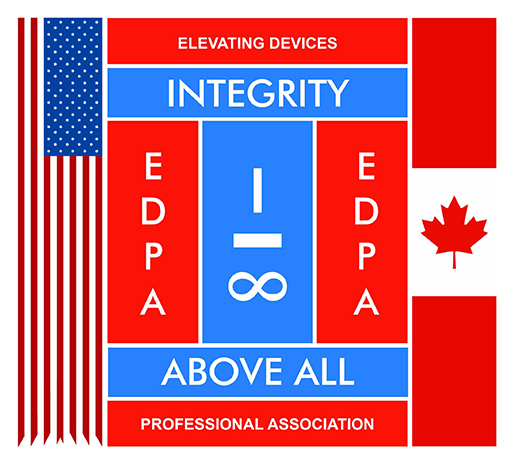Good Workmanship
Good Workmanship is a term used to define the assessment of an expectation. To understand the concept, we need to first examine the precepts and basics which make up this expectation called “good workmanship”. Many definitions include a statement saying workmanship constitutes the degree of skill with which a product is made, or a job is done, or work done in a manner the one would expect from a competent professional.
To understand workmanship, we need to explore some of the skills and processes that go into producing work done in a competent and efficient manner. These skills are integral to every aspect of the work they need to be performed or utilized in a cohesive, simultaneous process. Every task undertaken to achieve project completion can be seen as a compilation of knowledge and skills applied to and imparted into the work.
Skills for Good Workmanship
Education & Training
The EDPA has professional educational and technical training partners who are able to work with you to develop the education and training you require for your success. Working with our professional training partners we can meet your needs from AHJ approved training to training customized to meet your specific needs.
- Business Management Programs
- Safety Programs
- Electrical and Mechanical Technical Programs
- Process Improvement Programs
Safety
A knowledge of safety processes, materials, and site-specific requirements is required to complete the tasks necessary for the work to be performed in a good workmanship manner. Safety needs to be an integral part of work embedded into every task. Not just an addendum to the process but inseparable from the process activity, so ingrained as to prevent the activity if any safety component is absent or missed.
Planning
Planning starts at the conception of the job and remains fluid throughout the work process. As work situations evolve and tasks change, planning reflects the changes necessary to achieve completion of the work while maintaining the integrity of the expectation. Planning involves engineering, training, orientation, execution, inspection and testing until turnover of the completed work.
Organization
The management of work starts at the conception stage, management begins with organizing the work until turnover. Access to the information about the work, Materials ordering, delivery, storage, security, movement, installation, operation, and testing need to be done in an organized manner. The tools and equipment needed for the work must be available when required. Training on the equipment or processes needed for the work need to be assessed and delivered. The information needed for each stage of the work must be available. Inspection and testing processes need to be understood to deliver the work as expected.
Housekeeping
Housekeeping starts on arrival at the site. The site needs to be in a condition to accept the work. As the work progresses continuous efforts are required to maintain housekeeping in a manner reflective of good workmanship. Parts and equipment need to be organized and stored in a safe and secure manner. Tools and equipment need to be stored safely and securely, examined prior to and on completion of usage. Tools and equipment not suitable or damaged need to be tagged and repaired or discarded. Materials need to be put back into storage at the end of the shift and the workplace left tidy and secure. Any materials no longer required for the project or debris from operations need disposed of or returned.
Symmetry
A sign of good workmanship is the alignment of parts and equipment. Fasteners, brackets, piping, wiring, etc. should be level and parallel. Equipment provided and any ancillary equipment installed needs to function to specifications. Visually all installed components are level and parallel with adequate spacing.
Verification and Testing
Testing of the work is the ultimate step prior to the turnover of the work to the client. Testing is the confirmation to engineering standards. Testing is often verification by third party inspectors to meet expectations of the work as defined by contract. Workmanship is a requirement under standard contracts and this expectation is judged based on the understanding of the individual performing the appraisal. To meet this workmanship expectation the work must meet operational testing requirements and the observational appearances. Inspections and work verification can made throughout the work to ensure conformity to expectations.
Warranty
As a professional utilizing good workmanship, you should be prepared to stand behind the integrity of your work. Work needs to meet the demands placed on it for a reasonable operational period. This speaks to both the quality of materials which were selected and the care and skills which were employed in the completion of the work.
Summery
As a professional utilizing good workmanship, you should be prepared to stand behind the integrity of your work. Work needs to meet the demands placed on it for a reasonable operational period. This speaks to both the quality of materials which were selected and the care and skills which were employed in the completion of the work.
